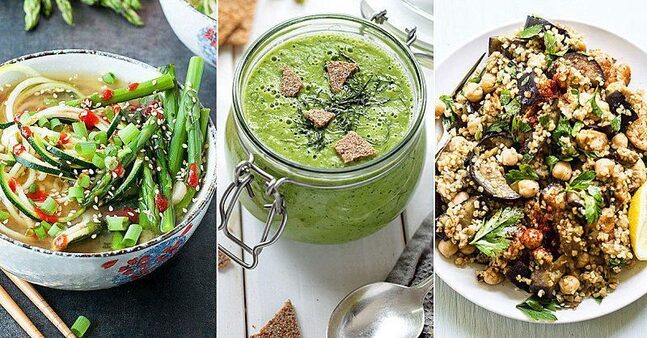Introduction:
Embarking on a fitness journey entails a holistic approach that encompasses exercise, rest, and mindful nutrition. Indian cuisine, with its rich tapestry of flavors and ingredients, offers a delicious pathway to achieving health and fitness goals. This article delves into the nutritional benefits of Indian dishes and how they can contribute to a balanced and vibrant lifestyle.
The Nutrient-Rich Tapestry:
Indian cuisine is renowned for its diverse array of ingredients, from hearty lentils and legumes to an abundance of vegetables and aromatic spices. Lentils and legumes provide a valuable source of plant-based protein and fiber, essential for muscle repair and satiety. Vegetables like spinach, carrots, and bell peppers offer an array of vitamins, minerals, and antioxidants, supporting overall health and well-being.
Vegetarian Paradise:
India's cultural heritage embraces vegetarianism, resulting in a wealth of meatless options that are both nutritious and flavorful. From creamy paneer dishes to spicy chickpea curries, vegetarian cuisine in India showcases the versatility and richness of plant-based eating. Incorporating more vegetarian meals into your diet can not only provide essential nutrients but also promote environmental sustainability and ethical food choices.

Spices: Nature's Flavor Enhancers and Healers:
Spices are the essence of Indian cooking, adding depth, complexity, and a plethora of health benefits to dishes. Turmeric, with its active compound curcumin, boasts potent anti-inflammatory properties that can aid in post-workout recovery and reduce inflammation. Other spices like ginger, garlic, and cinnamon offer digestive support, immune-boosting effects, and metabolic benefits, elevating both the flavor and nutritional value of Indian cuisine.
Balanced Cooking Techniques:
Indian culinary traditions emphasize a harmonious balance of flavors, textures, and nutrients, achieved through various cooking methods. Whether it's slow-simmered curries, lightly stir-fried vegetables, or delicately spiced rice dishes, these techniques ensure that dishes are both nutritious and delicious. By embracing these balanced cooking methods, individuals can create meals that nourish the body and delight the palate.
Mindful Eating Practices:
In Indian culture, mealtime is often regarded as a sacred ritual, emphasizing the importance of mindful eating practices. Taking the time to savor each bite, chew slowly, and express gratitude for the nourishment provided by food can enhance the dining experience and promote greater awareness of hunger and fullness cues.

Customization for Fitness Goals:
One of the greatest strengths of Indian cuisine lies in its adaptability to individual preferences and dietary needs. Whether you're looking to build muscle, lose weight, or improve overall health, there are countless ways to customize Indian recipes to align with your fitness goals. From adjusting spice levels to incorporating more protein-rich ingredients, you can tailor your meals to provide the fuel and nourishment your body needs to thrive.
Conclusion:
In conclusion, Indian cuisine offers a flavorful and nutritious approach to supporting health and fitness goals. With its diverse array of ingredients, vegetarian options, healing spices, and balanced cooking techniques, Indian dishes provide a delicious and satisfying way to nourish the body and invigorate the senses. By embracing the culinary traditions of India and incorporating its vibrant flavors into your diet, you can embark on a journey towards a healthier, more vibrant you.
If you are looking for some tasty and easy to cook recipes, then check out the mouth-watering recipe of Keema Pulao and Whole Wheat Apple Bread which are really very delicious and your family will really love it a lot.